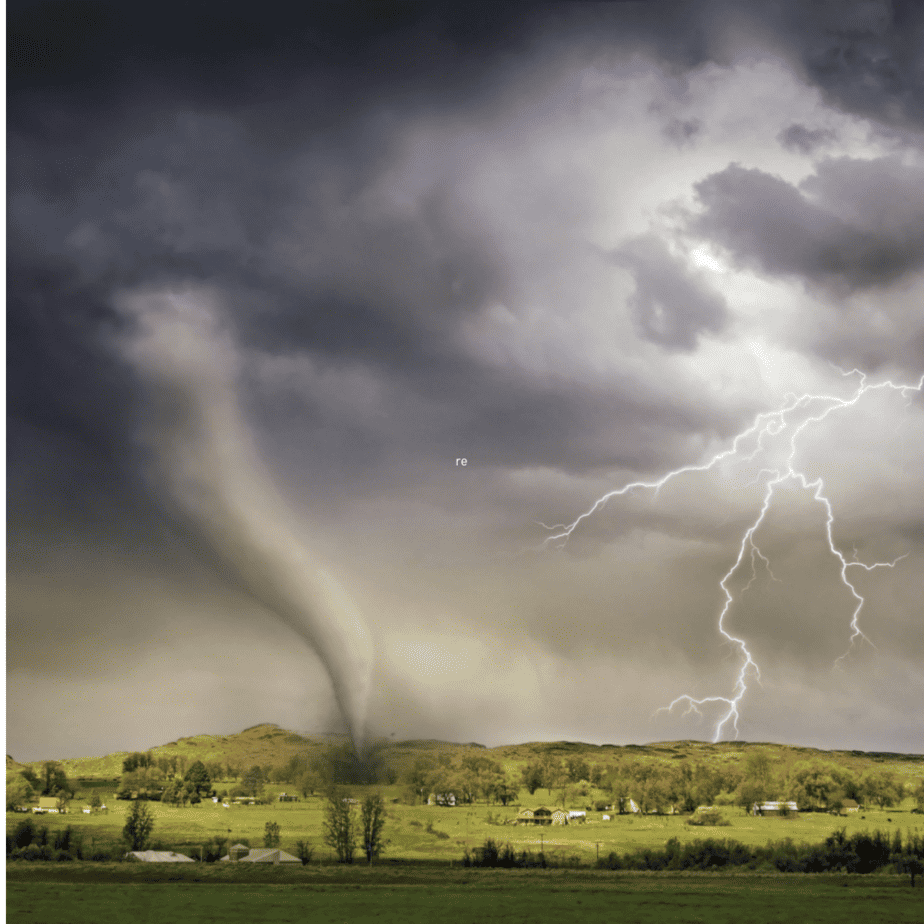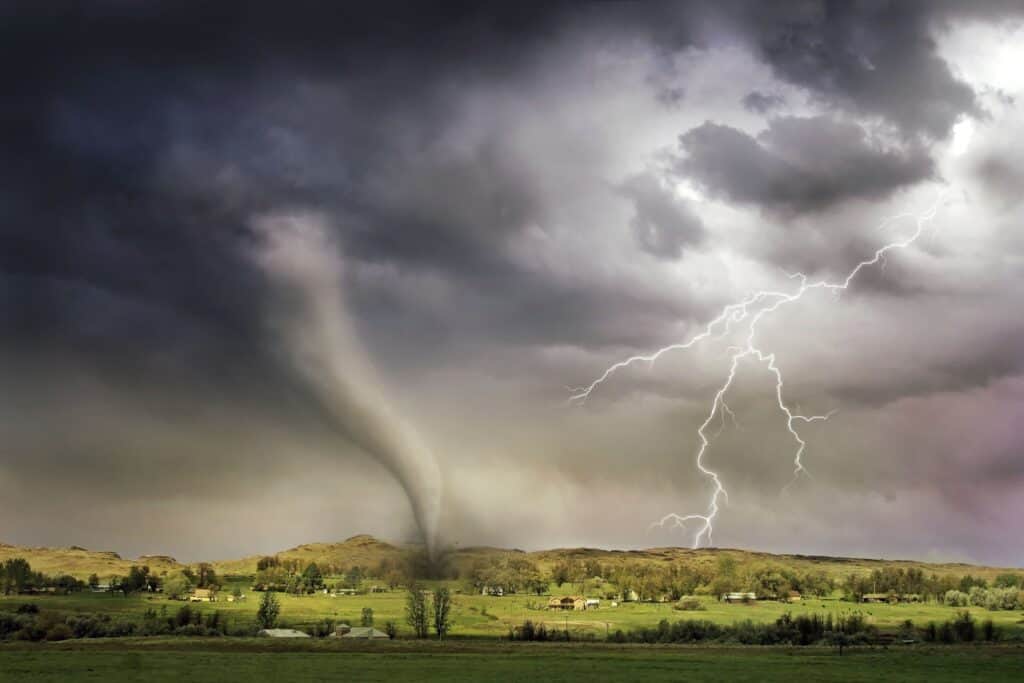Picking Up the Pieces after A Devastating Tornado, What to Do

It’s hard to imagine anything more destructive than a tornado. These storms can level homes and businesses in seconds, leaving communities in ruins. If a tornado has hit your community, it’s important to know what to do in the aftermath. This blog post will discuss the steps you need to take to rebuild your community after a devastating tornado. Furthermore, it will provide information on the resources available to you and your community.
1) First, the most important step is to assess the safety of all those in your community
Make sure that everyone is safe and accounted for before attempting to rebuild. Check with your local emergency services and make sure that the area is safe to enter. Furthermore, consider the physical and mental health of those in your community, as well. Make sure to seek out medical attention for any injuries sustained during the tornado clean-up efforts. This includes seeking assistance from a doctor or mental health professional if necessary.
2) Locate resources for rebuilding
Contact local authorities and utility companies to inquire about any assistance programs or grants that may be available. Furthermore, you can look into relief funds from nonprofit organisations or governmental agencies—additionally, contact area businesses for donations of materials such as lumber and other supplies needed for reconstruction.
3) Execute the plan
Once a plan is developed, it’s time to put it into action. This involves creating teams or committees that have specific tasks and setting up a timeline for completion. Furthermore, make sure you are following safety regulations and guidelines when rebuilding structures. Additionally, consider any potential hazards that may arise from the tornado clean-up efforts, such as downed power lines or dangerous debris.
4) Secure a place of safety for elderlies
For elderly citizens in your community, it’s essential to secure a safe place for them to stay during the rebuilding process. If necessary, contact family members or local authorities for assistance in locating temporary shelters and other resources. Furthermore, make sure that any food or supplies provided are checked for quality and safety before offering it to anyone.
5) Securing your personal home
Make sure that you have taken all the necessary steps to secure your personal home as well. This includes assessing any damage and having it repaired or, if necessary, replaced. Here are a few things that are important to assess immediately:
- Roof – Look for missing shingles or large dents in the roof.
- Walls – Look for cracks, bulges or buckling.
- Foundation – Look for any shifting of the foundation.
- Windows and Doors – Make sure that all locks are secure and there is no visible damage to the frames.
- Pipes – Check that all pipes are in good condition and make sure they are not leaking and that pipeline restoration is needed.

6) Reclaiming your belongings
Once you have taken steps to secure your home, it’s time to assess the damage done to your personal items. This may include furniture, clothing, electronics, jewellery and other valuable items that may have been damaged by flood waters or debris from the tornado. Consider contacting an insurance company and filing a claim in order to help cover losses associated with these items.
7) Insurance support
Before the storm, it’s important that you purchase an insurance policy that covers wind damage. This is the only way to ensure a financial safety net when repairing your home or recovering lost belongings. You should also contact your local law enforcement and file a police report if necessary. Furthermore, if you are a business owner, make sure to contact your insurance carrier to understand the coverage available and the process for filing a claim.
8) Rebuild with safety in mind
When rebuilding your home or business is time, keep safety in mind. Make sure that you are using proper materials and following local building codes and regulations. Additionally, consider installing tornado-resistant building components such as hurricane shutters or reinforced walls for added protection against future storms. Furthermore, it may be wise to establish an early warning system in order to give residents enough time to get to safety if a tornado is on its way.
9) Community support
It’s not just about rebuilding homes and businesses; it’s also about restoring community spirit after such a devastating event. Reach out to other members of the community who have been affected by the tornado and offer emotional and practical support. Additionally, consider working with neighbourhood associations or churches in order to organise food drives, clothing donations or other forms of assistance for those in need.
10) Reconnect with your community
The last step is to reconnect with your community as a whole. It’s important to come together and rebuild the spirit of the community. Consider hosting events such as picnics, movie nights or other types of gatherings to help promote unity and healing. Furthermore, work with local schools to create awareness campaigns about disaster preparedness so future disasters can be handled more effectively.
11) Provide emotional support for those affected by the tornado;
This can be both individuals and groups who have suffered losses due to the tornado. Consider working with mental health professionals in order to provide counselling services for those affected by the disaster. Additionally, providing access to education or job opportunities can be beneficial for those who have been displaced.
In conclusion, rebuilding after a devastating tornado can be a daunting task. However, by following the steps outlined above, your community can begin to rebuild and return to normalcy. Additionally, there are resources available that can help provide support during this difficult time. With proper planning and execution, your community can recover from the devastation caused by tornadoes.






